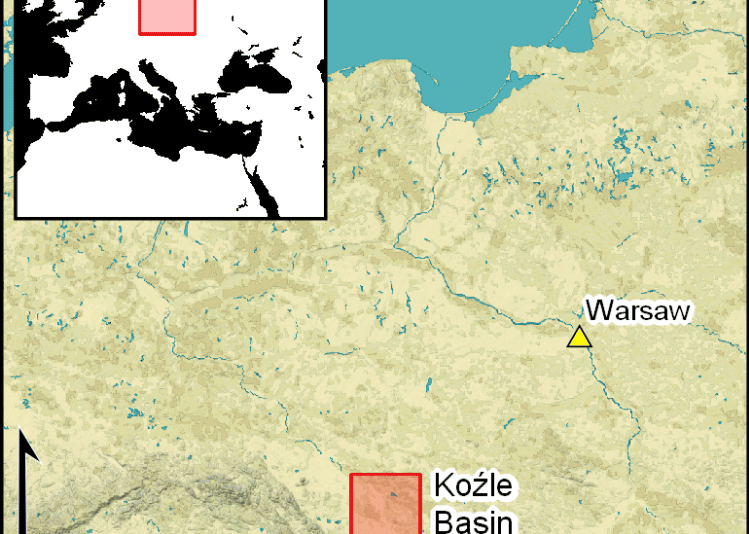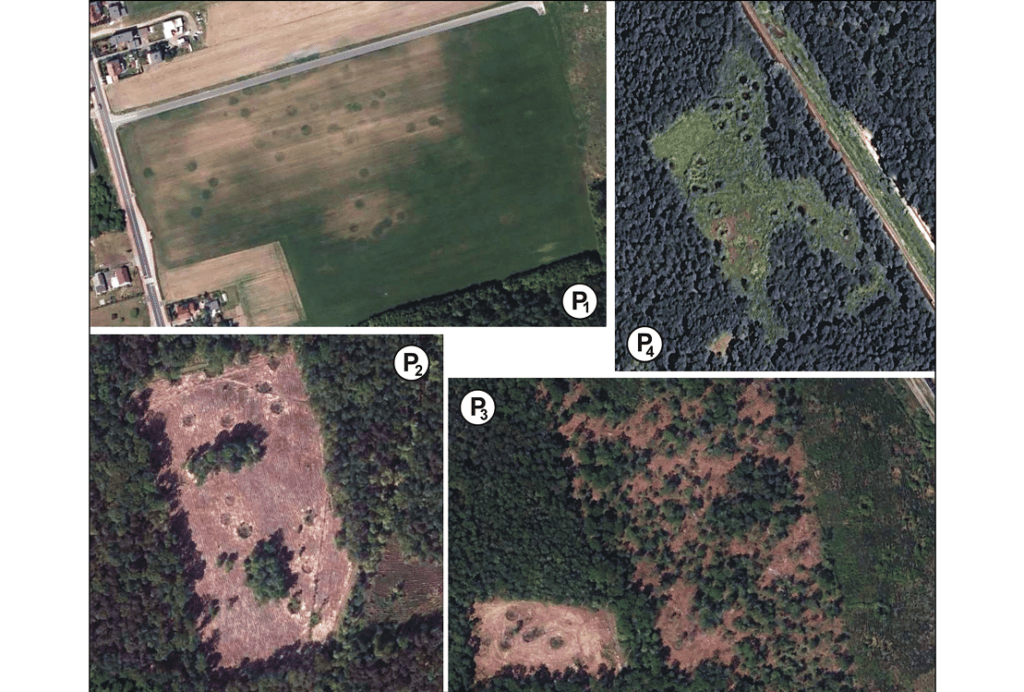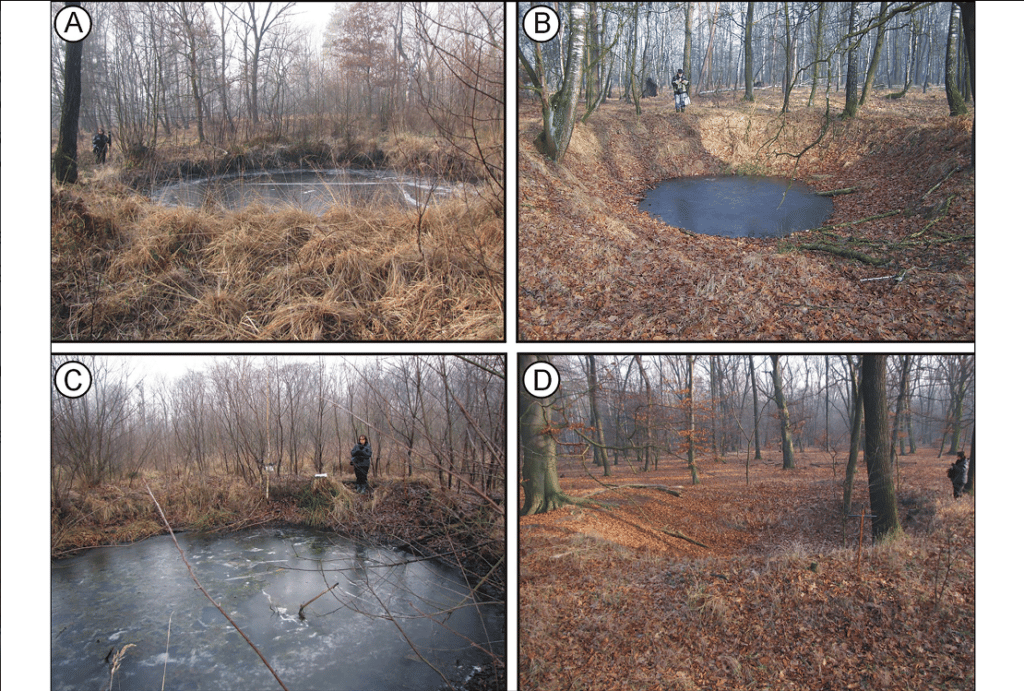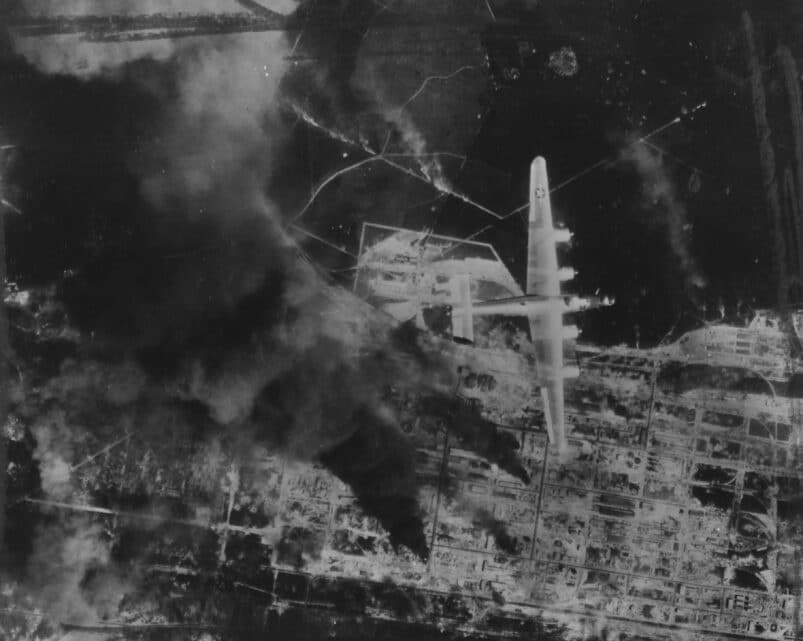A recent study in Poland mapped around 6000 bomb craters from WWII. The documented holes in the Koźle Basin were created by Allied bombs and range between 5 and 15 meters. The research also mentioned how the craters have become part of the natural landscape and ecosystems.

The Koźle Bassin covers an area of around 470 square kilometres, LiveScience reported. The clusters of Allied bombings are part of the region’s WWII heritage. But 75 years later, many craters have become a part of Koźle’s natural heritage as well. The holes now ”represent places where many amphibian, reptile, insect, bird and ungulate species reside, seek shelter or breed”, researchers concluded in an article published in Antiquity.
Lost battlefield
During the war, Nazi Germany occupied the area. They used the region to produce industrial fuel since coal and water were easily accessible. The dense forests and hills within the region sheltered the production sites from attacks. Nonetheless, RAF Bomber Command, responsible for the strategic bombings of Nazi Germany in WWII, targeted the Nazi’s oil refineries, fuel and chemical factories, dropping 39.137 bombs on the area.

After the war, reconstruction projects fixed a large number of craters. Researchers decided to map the still existing holes before more evidence of these bombardments was lost forever. These craters ”are relics that document important historical events, and constitute a link between the area and the battlefields of Europe and beyond”, researchers wrote in the study.
Life and death
Almost 75 years after the destruction, life has returned to the Koźle Bassin. ”The many water bodies and marshes that formed in the bomb craters contribute to the diversification and enrichment of local ecosystems”, the study concludes. Follow-up studies will further investigate the craters’ ecological role and threats posed by unexploded bombs said author Maria Fajer, a geomorphology researcher at the University of Silesia in Katowice, Poland.

The holes represent an ironic link between destruction and creating life. Researchers plead for the conservation of the bomb craters for future generations. According to Fajer, special protection measures would help to ”remember the consequences of the bad decisions that led to the war.”
Source: Antiquitiy, LiveScience
Learn more about natural heritage or check out one of the tags below:

